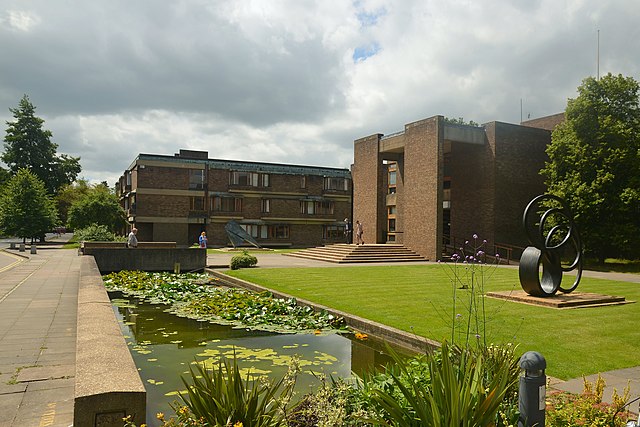Founded in 1326, Clare College is the second-oldest college at the University of Cambridge and boasts a rich history that spans nearly 700 years. Originally established as University Hall, it was re-endowed by Lady Elizabeth de Clare 🔗 in 1338, from whom it takes its name.
The college has a strong reputation for its academic excellence, supportive community, and vibrant social life, which includes its famous May Ball—an annual highlight in the Cambridge social calendar.
One of Clare’s most notable features is its picturesque location on the River Cam, offering stunning views and access to the iconic Clare Bridge, the oldest surviving bridge over the river. The college is renowned for its beautiful gardens and tranquil courtyards, which provide a peaceful retreat from the busy streets of Cambridge. Clare’s commitment to fostering both academic and personal growth is evident in its warm, inclusive environment, making it a sought-after destination for students from a wide range of disciplines.
Architecture and Grounds
Clare College is celebrated for its beautiful architecture, which seamlessly blends medieval and classical styles. For instance, if you’re visiting, locate these two essential places:
The Old Court, built between 1638 and 1715, is a prime example of English Baroque architecture and is considered one of the most elegant college courtyards in Cambridge. The stonework, arches, and classical symmetry evoke a sense of timeless grandeur.
Another architectural gem is Clare Bridge, constructed in 1640, which connects the college to its expansive gardens and the iconic Backs along the River Cam. The college grounds are meticulously landscaped, with lush lawns, flower beds, and a stunning Fellows’ Garden.
The grounds extend to the riverside, providing some of the most spectacular views in Cambridge, particularly in spring and summer when the gardens are in full bloom. Clare’s commitment to preserving both its architectural heritage and its green spaces makes it one of the most visually striking colleges in the city.
Notable Alumni
Clare College has produced a wealth of notable alumni, making its mark in fields as diverse as politics, literature, and the arts. In politics, Sir David Attenborough 🔗, the celebrated naturalist and broadcaster, studied at Clare, as did James Mason 🔗, the famous British actor. The college’s commitment to fostering academic excellence is also evident in its former students who have gone on to make significant contributions to academia, such as Sir Eric Ashby 🔗, a distinguished biologist, and the historian Lord Thomas of Swynnerton 🔗.
In the literary world, Clare College is proud to count the Nobel Prize-winning poet Seamus Heaney 🔗 among its alumni, as well as the novelist John Fuller 🔗. These illustrious figures reflect Clare’s longstanding tradition of nurturing creativity and intellectual achievement.
Visiting Clare College
Clare College is centrally located in Cambridge, just off King’s Parade and within easy walking distance of many of the city’s most famous landmarks. Visitors are welcome to explore the college grounds, with its beautifully preserved courtyards and gardens, though some areas may be restricted during term time.
The college is open to the public throughout the year, and visitors can stroll through Old Court, view Clare Bridge, and wander the riverside gardens. It’s a particularly popular destination for those wishing to enjoy a peaceful walk along the Backs. Entry to the college is generally free, although visitors are advised to check opening times in advance, particularly if hoping to attend special events or exhibitions.





